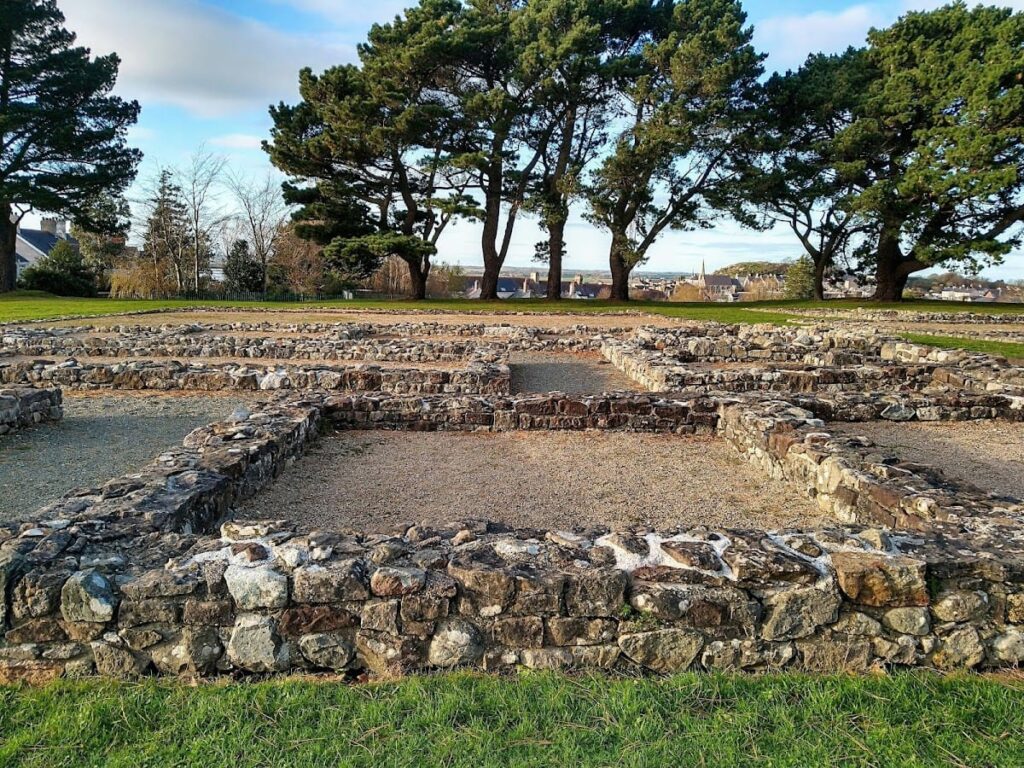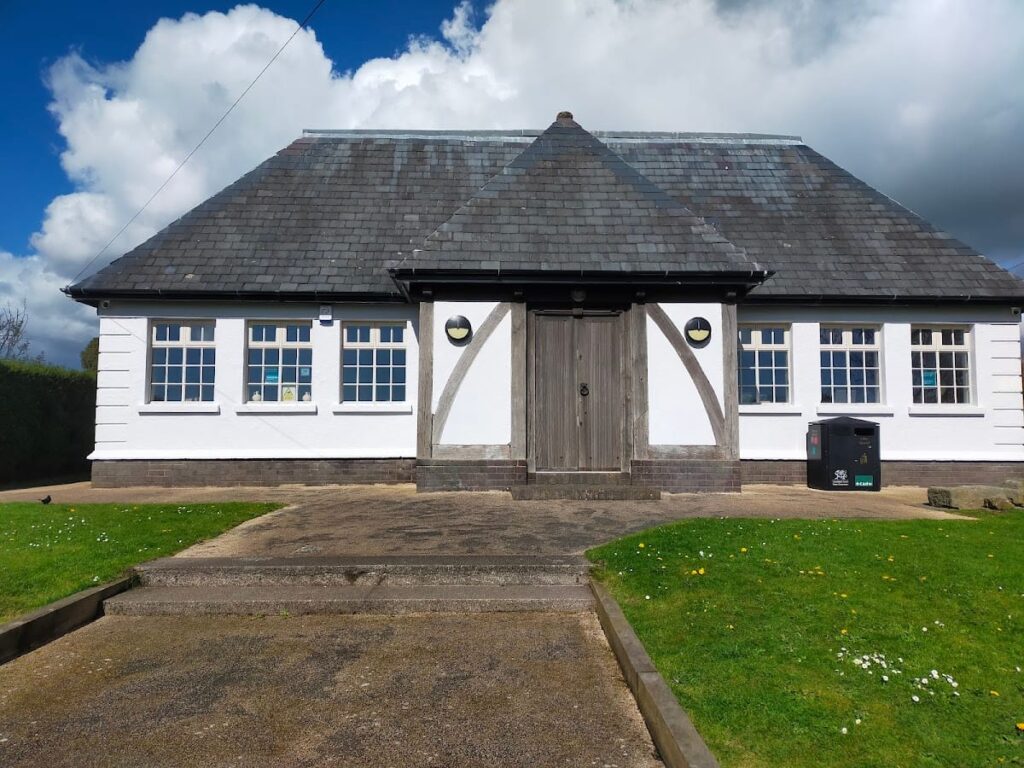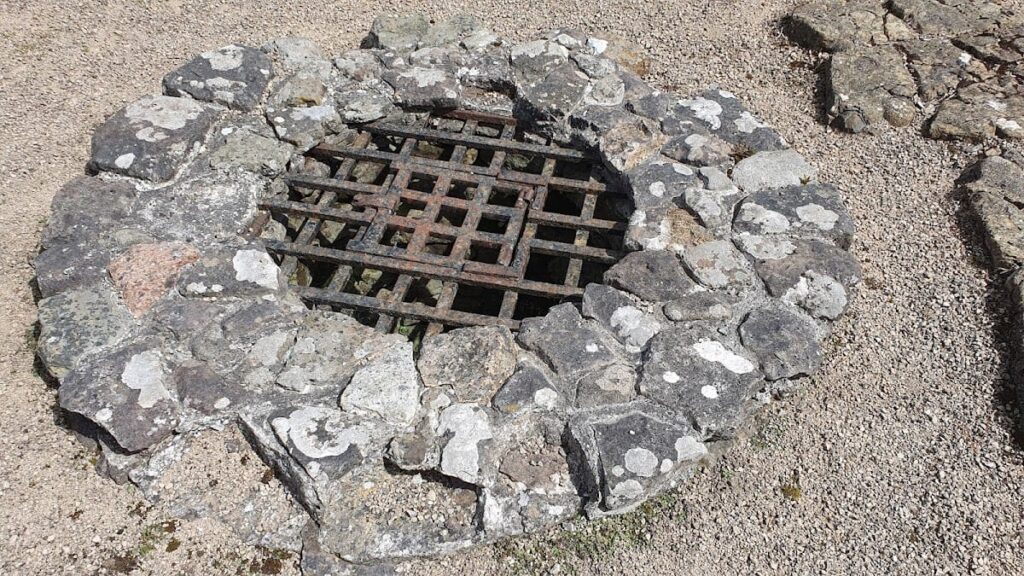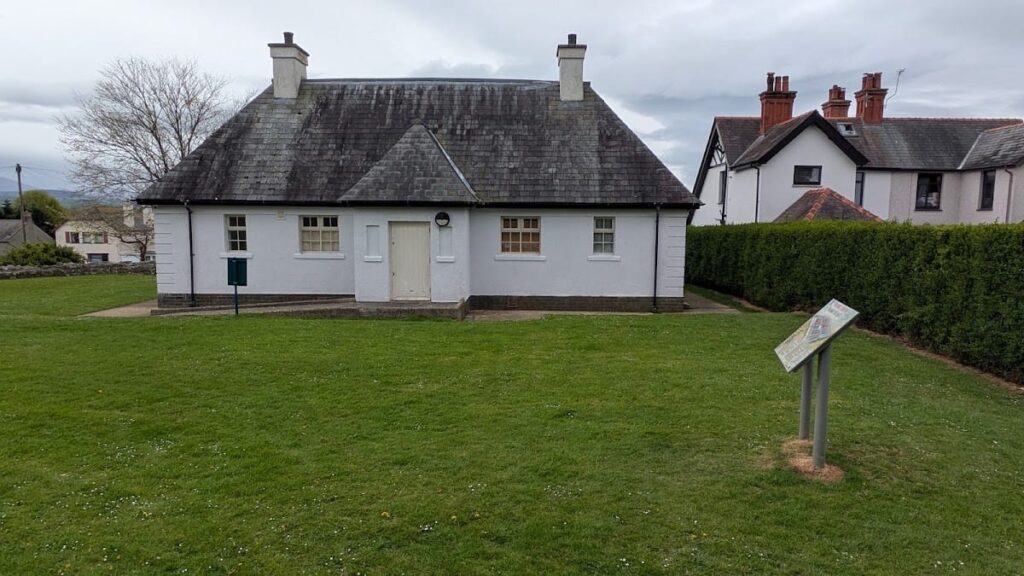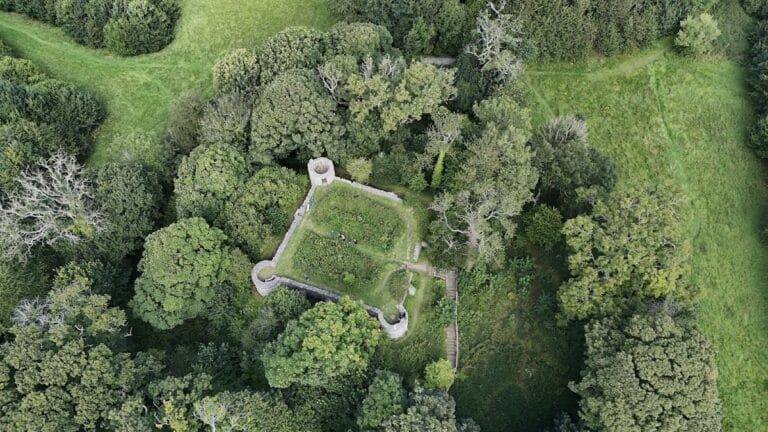Segontium Roman Fort: A Roman Military Base in North Wales
Visitor Information
Google Rating: 4
Popularity: Low
Google Maps: View on Google Maps
Official Website: cadw.gov.wales
Country: United Kingdom
Civilization: Roman
Remains: Military
History
Segontium Roman Fort is located in Caernarfon, North Wales, near the Seiont estuary. It was established by the Roman general Agricola around AD 77 or 78 after his campaign against the local Ordovices tribe. The fort served as the main military base in northern Wales, housing about 1,000 auxiliary infantry soldiers. It was connected by Roman roads to major legionary centers at Chester and Caerleon, enabling control over the region.
In the early 2nd century, the fort’s timber defenses were replaced with stone walls, reflecting a shift to more permanent construction. Around this time, a large courtyard house with a small bathhouse was built inside the fort. This residence likely belonged to a senior official responsible for overseeing local mineral resources. By AD 120, the garrison size had decreased, and in the 3rd century, an inscription shows the fort was occupied by 500 soldiers from the Cohors I Sunicorum, a unit originally recruited from the Sunici tribe in Gallia Belgica.
During the 3rd and 4th centuries, Segontium’s role changed to defending the northern Welsh coast against Irish raiders and pirates. The fort’s size was reduced accordingly. Archaeological finds of coins indicate the site remained occupied until at least AD 394, making it the longest continuously used Roman fort in Wales.
In medieval Welsh tradition, Segontium is identified as Cair Segeint or Cair Custoeint in the History of the Britons, attributed to Nennius. This source claims Emperor Constantius died near the fort and that his inscribed tomb was located there. The fort also appears in Welsh legend, notably in the Mabinogion tale “The Dream of Macsen Wledig,” where it is linked to Saint Elen.
After the Roman period, a Norman motte was built nearby in the 11th century, forming the core of what became Caernarfon. Later, in the 13th century, Edward I’s conquest led to the construction of Caernarfon Castle, replacing earlier fortifications in the area.
Remains
Segontium Roman Fort was originally constructed with timber defenses but was rebuilt in stone during the early 2nd century. The stone walls provided a more durable and permanent fortification. The fort was designed to accommodate around 1,000 auxiliary infantrymen initially, though this number was reduced in later centuries.
Inside the fort, archaeologists uncovered the foundations of a large courtyard house, which included a small bathhouse. This complex likely served as the residence of a high-ranking official connected to the administration of nearby mineral resources. The bathhouse suggests a degree of comfort and status within the fort.
The fort is situated on elevated ground east of the Seiont estuary, overlooking the Menai Straits. This location was strategically important for monitoring and defending the northern Welsh coast. The site also includes remains of a civilian settlement surrounding the fort, indicating a community that supported the military presence.
A Roman temple dedicated to Mithras, known as the Caernarfon Mithraeum, was found near the fort. This temple reflects the religious practices of some soldiers stationed at Segontium. Additionally, a cemetery has been excavated in the area, providing further evidence of long-term occupation.
Inscriptions discovered on an aqueduct date to the reign of Emperor Septimius Severus and confirm the presence of the Cohors I Sunicorum garrison during the 3rd century. Coins found at the site show that occupation continued until at least AD 394.
Today, the foundations of the fort remain well preserved despite modern road construction cutting through the site. The surrounding archaeological features, including the Mithraeum and cemetery, contribute to understanding the fort’s extended history and use.
